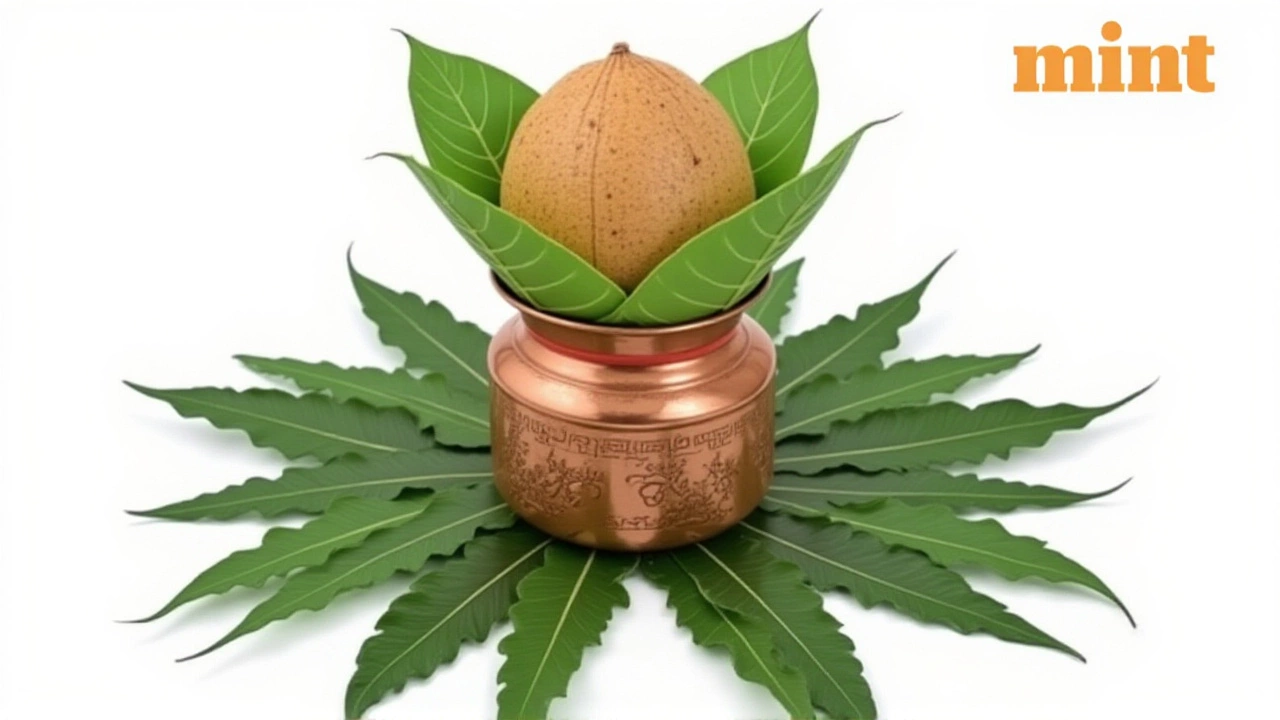Hindu Rituals: A Practical Guide to Tradition and Meaning
When exploring Hindu rituals, the traditional actions performed by followers of Hinduism to honor deities, mark life milestones, and align with cosmic cycles. Also known as sanātana pūjā customs, they shape daily life, festivals, and spiritual growth. These practices are not just formalities; they are ways to connect mind, body, and spirit. Whether it’s a simple candle lighting at home or a grand community ceremony, each act carries a purpose rooted in ancient wisdom. Understanding the core elements—like intent, symbolism, and timing—helps you appreciate why a handful of flowers or a sip of milk can feel so powerful.
Key Festivals and Their Core Rituals
One of the most vibrant showcases of Navratri, a nine‑night festival honoring the divine feminine in her various forms is the worship of Maa Brahmacharini, the austere aspect of Goddess Durga. Devotees dress in white, believing the color amplifies wisdom and inner strength. The ritual includes offering jasmine, performing abhishek, a ceremonial bathing of the deity with milk, curd, honey, and water. Each ingredient symbolizes purity, nourishment, and the sweetness of devotion. By repeating these steps night after night, participants aim to cleanse emotions, foster resilience, and align with the goddess’s disciplined energy.
Beyond Navratri, everyday puja, the act of worship performed at home shrines or temples follows a similar structure: ringing a bell, lighting incense, offering food, and chanting mantras. The bell’s sound is believed to awaken divine presence, while incense clears the space for concentration. Food offerings, known as naivedya, turn the mundane act of eating into a sacred exchange—what you give to the deity returns to you as blessings. Mantras, spoken or chanted, focus the mind and invoke specific energies, making the ritual both a personal meditation and a communal affirmation.
Modern practitioners often blend these age‑old customs with contemporary life. For instance, many schedule a short morning puja before work, using a small altar on the kitchen counter. Others join live‑streamed ceremonies during major festivals, allowing distance participants to feel the collective energy. Technology, therefore, becomes a bridge rather than a barrier, keeping the essence of Hindu rituals alive across generations.
All this context sets the stage for the diverse articles you’ll find below. Whether you’re curious about the symbolism of white clothing on Brahmacharini’s day, looking for step‑by‑step guides to Navratri observances, or seeking ways to weave daily puja into a busy routine, the collection offers practical insights and deeper understanding of Hindu rituals.
Shardiya Navratri 2025: Deciding the Kalash Coconut's Fate
As Shardiya Navratri 2025 ends, families decide whether to eat or immerse the kalash coconut—guided by regional customs, scriptural advice, and expert insights.
Read more